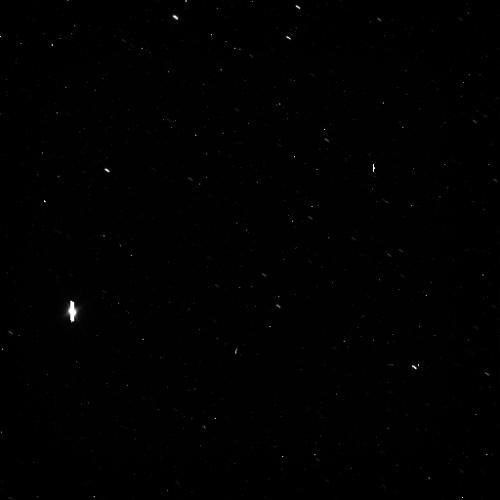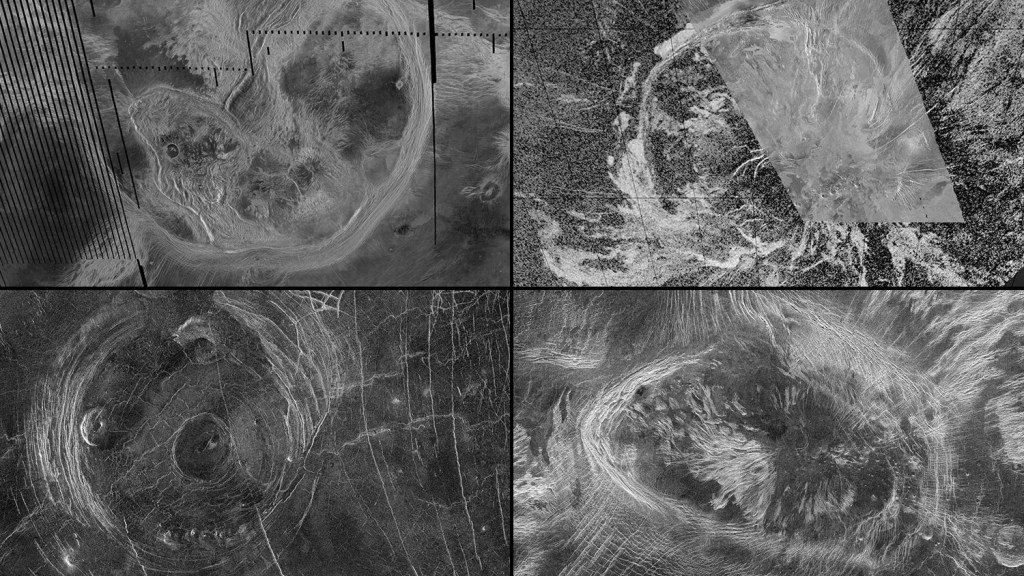Tarvos
Contents

Discovery
Tarvos was discovered on Sept. 23, 2000, by Brett J. Gladman, John J. Kavelaars, Jean-Marc Petit, Hans Scholl, Matthew J. Holman, Brian G. Marsden, Phillip D. Nicholson, and Joseph A. Burns using the 3.6-m Canada-France-Hawaii reflector on Mauna Kea, Hawaii, with adaptive optics. They discovered seven other Saturnian moons at the same time: Siarnaq, Ijiraq, Thrymr, Skathi, Mundilfari, Erriapus and Suttungr.
Overview
Tarvos has a mean radius of about 4.7 miles (7.5 kilometers), assuming an albedo (a measure of how reflective the surface is) of 0.06. At a mean distance of 11.4 million miles (18.3 million kilometers) from Saturn, the moon takes about 926 Earth days to complete one orbit.
Tarvos is one of the four known members of the Gallic group of moons. These moons have prograde orbits (they travel around Saturn in the same direction as the planet's rotation), but their egg-shaped, angled orbits classify them as "irregular" moons. Like Saturn's other irregular moons, they are thought to be objects that were captured by Saturn's gravity, rather than having accreted from the dusty disk that surrounded the newly formed planet, as the regular moons are thought to have done.
The similarities among the orbits of moons in the Gallic group suggest a common origin – they may be fragments of a single object that shattered in a collision. The other members of this group are Albiorix, Bebhionn and Erriapus.
Observations by Tommy Grav and James Bauer using telescopes on Mauna Kea, Hawaii in 2006 found that the color of Albiorix varies over its surface. They hypothesize that Tarvos and Erriapus, which were both seen to be light red, are the largest fragments from an impact on Albiorix, leaving a less-red crater. (These observations did not include Bebhionn.)
How Tarvos Got Its Name
Originally called S/2000 S4, Tarvos was named for a bull in Celtic mythology. It is known from two stone sculptures, found in Paris and Trier, of a bull with three cranes and a tree, which is presumed to be a willow. The narrative behind this imagery is lost to antiquity, but it has been hypothesized that the tree represents the cycle of life, the birds are spirits released when life has ended, and the bull represents the vigor and sexual potency that keeps the cycle spinning.




























